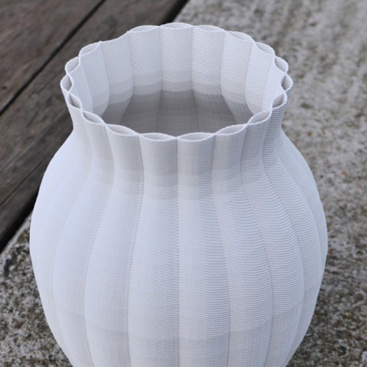The benefits of additive manufacturing are likely to revolutionise many industries. In the automotive and the aerospace industry, lead times become shorter, in comparison with the traditional engineering methods, such as casting or machining. 3D printing allows much faster development and testing of the components.

Φωτογραφία: thingiverse
Industry and Rapid Prototyping
The ablility to faster produce cost-efficiently prototypes leaves open the possibility for new development and design applications to the industrial users.

BigRep’s successful rapid prototyping example
This project’s target was a race car nose creation from carbon fibre, in less time than in the past, using additive manufacturing methods. Former processes used were wood and foam molding techniques, taking a time of 6 weeks to get accomplished.
The procedure
- PLA mold printing.
- Post-processing using a synthetic smoothing & filling compound.
- Preparation using a wax-based release agent.
- Glue sheets of carbon fibre placement into the mould, using a spray adhesive.
- Resin injection by the use of a vacuum bag (with curing temperatures lower than PLA’s glass transition temperature of 60° C).
The results
- Reduction of the whole procedure duration to less than 2 weeks.
- Reduction of total costs.
- Perfect and repeatable form tolerance.











